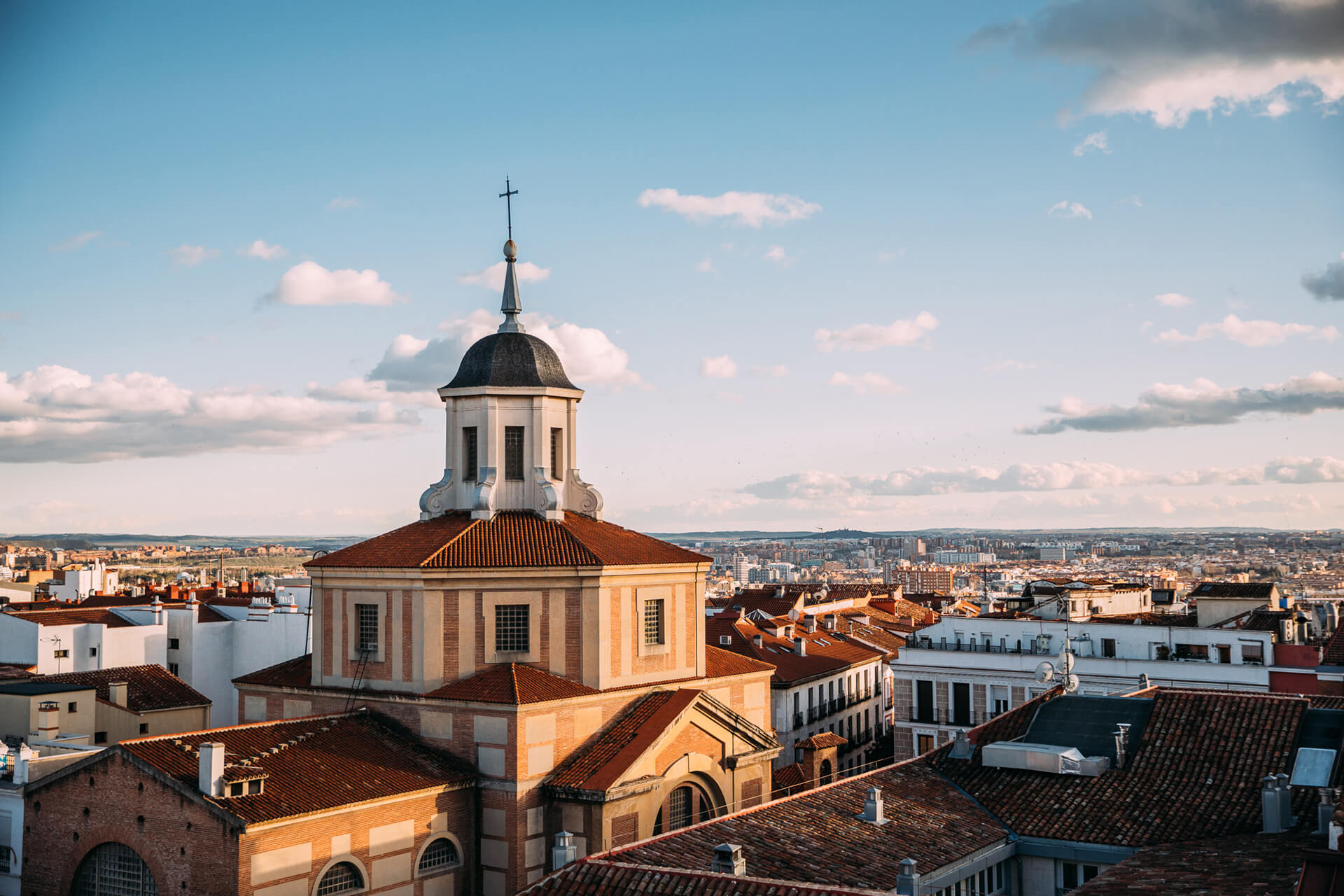Urban revival: Europe's best buy-to-let cities
These five European cities are smart bets for buy-to-let investors, with post-lockdown upswings, enduring cultural appeal and steady growth prospects all in their favour

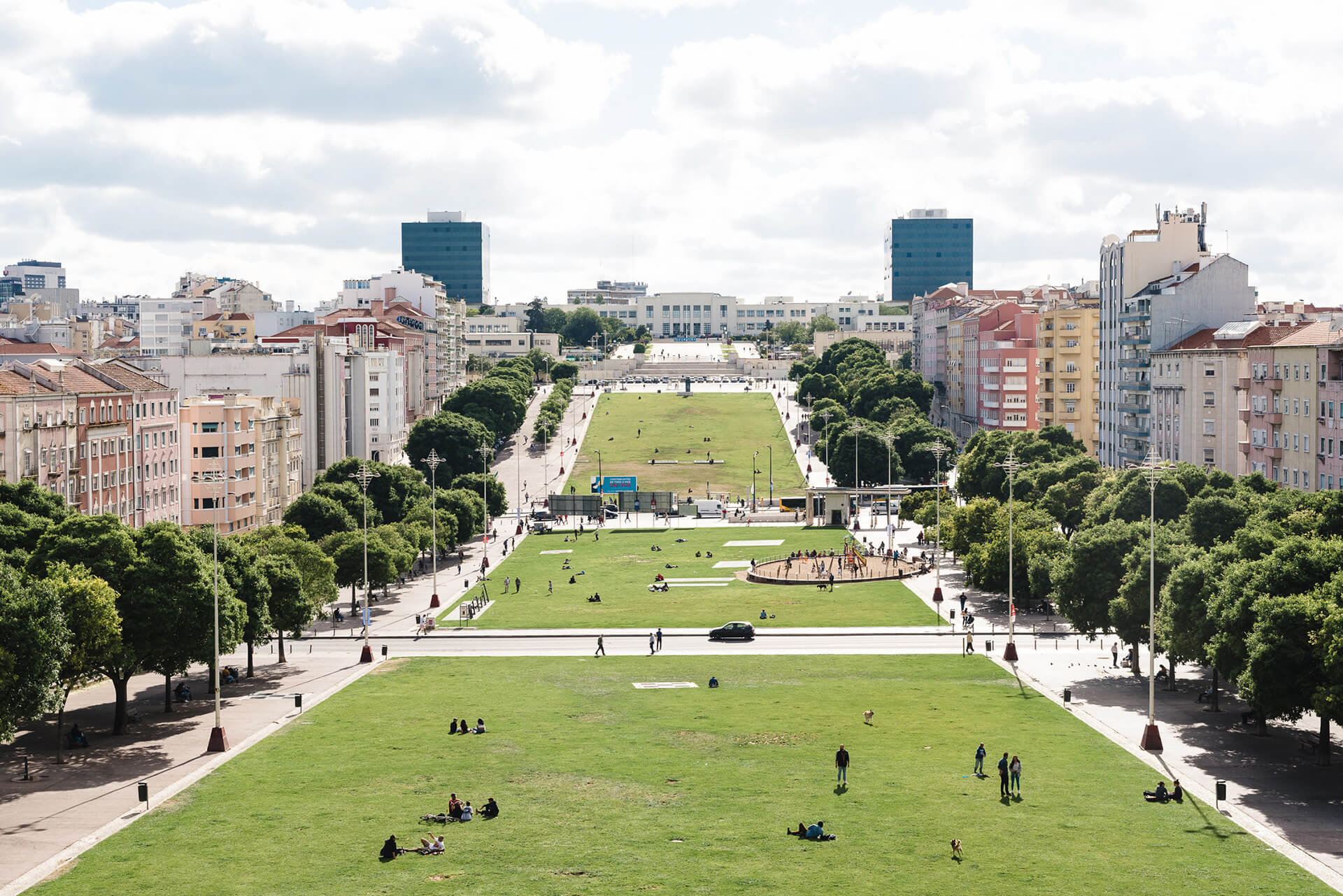

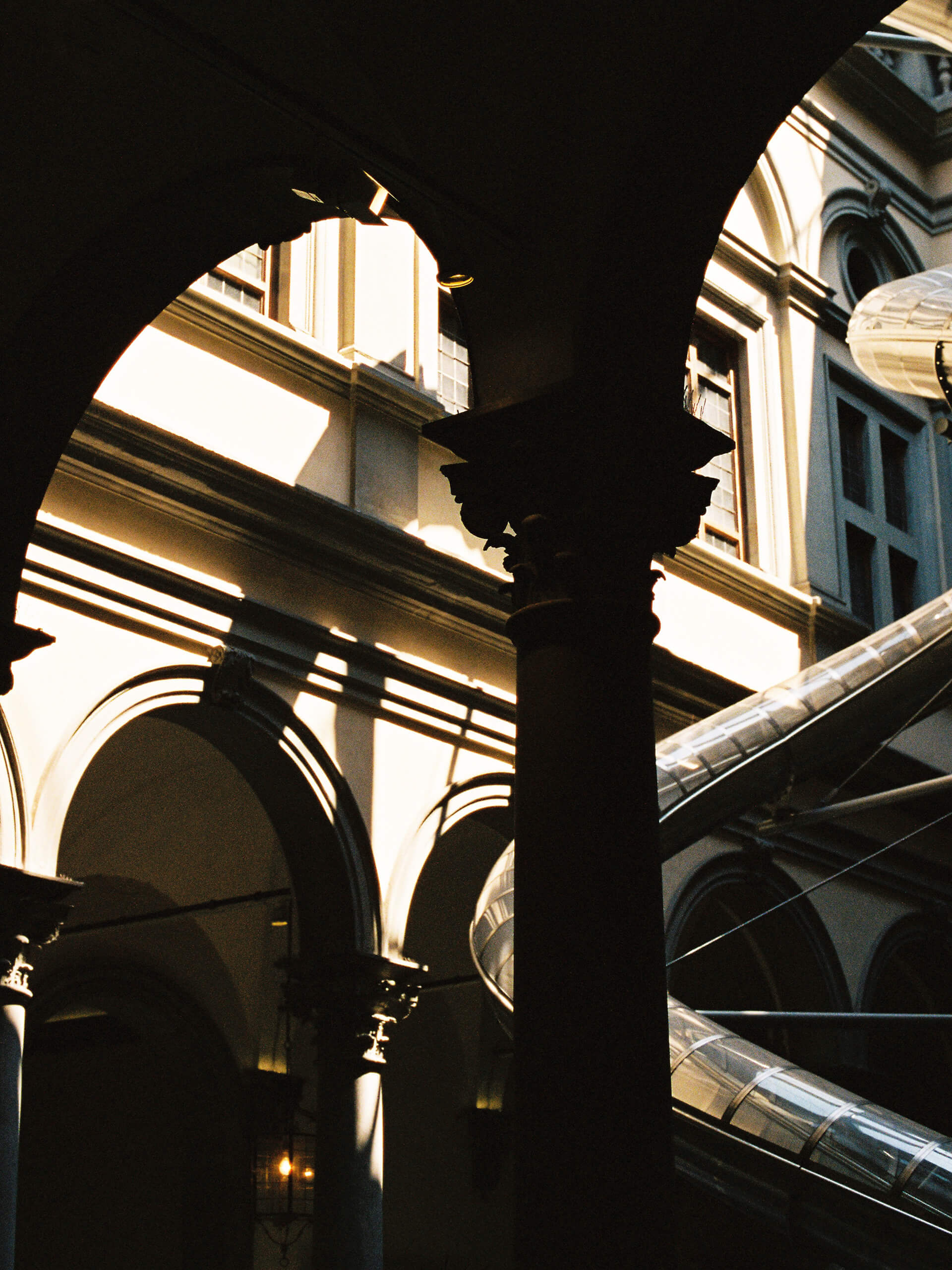

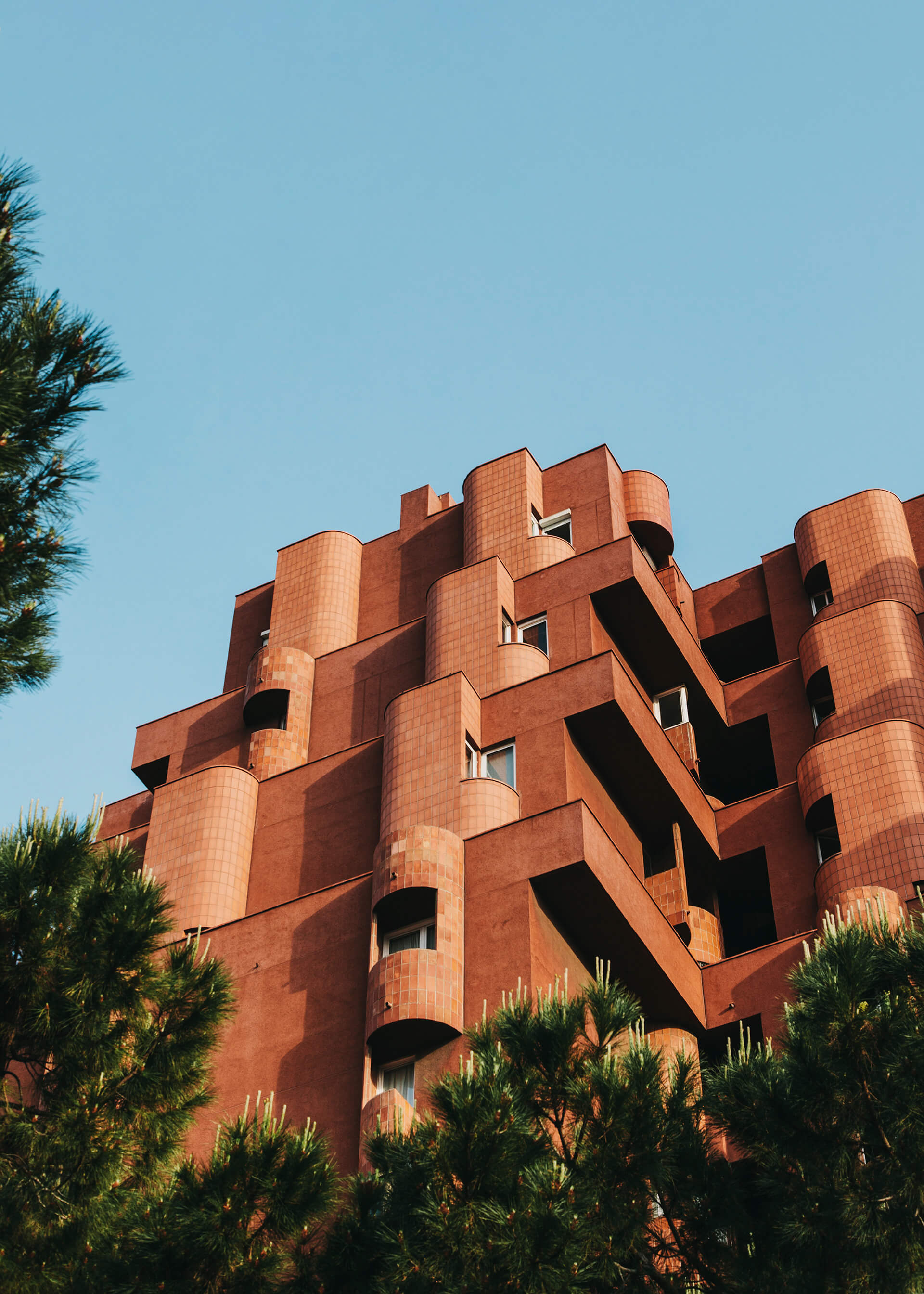
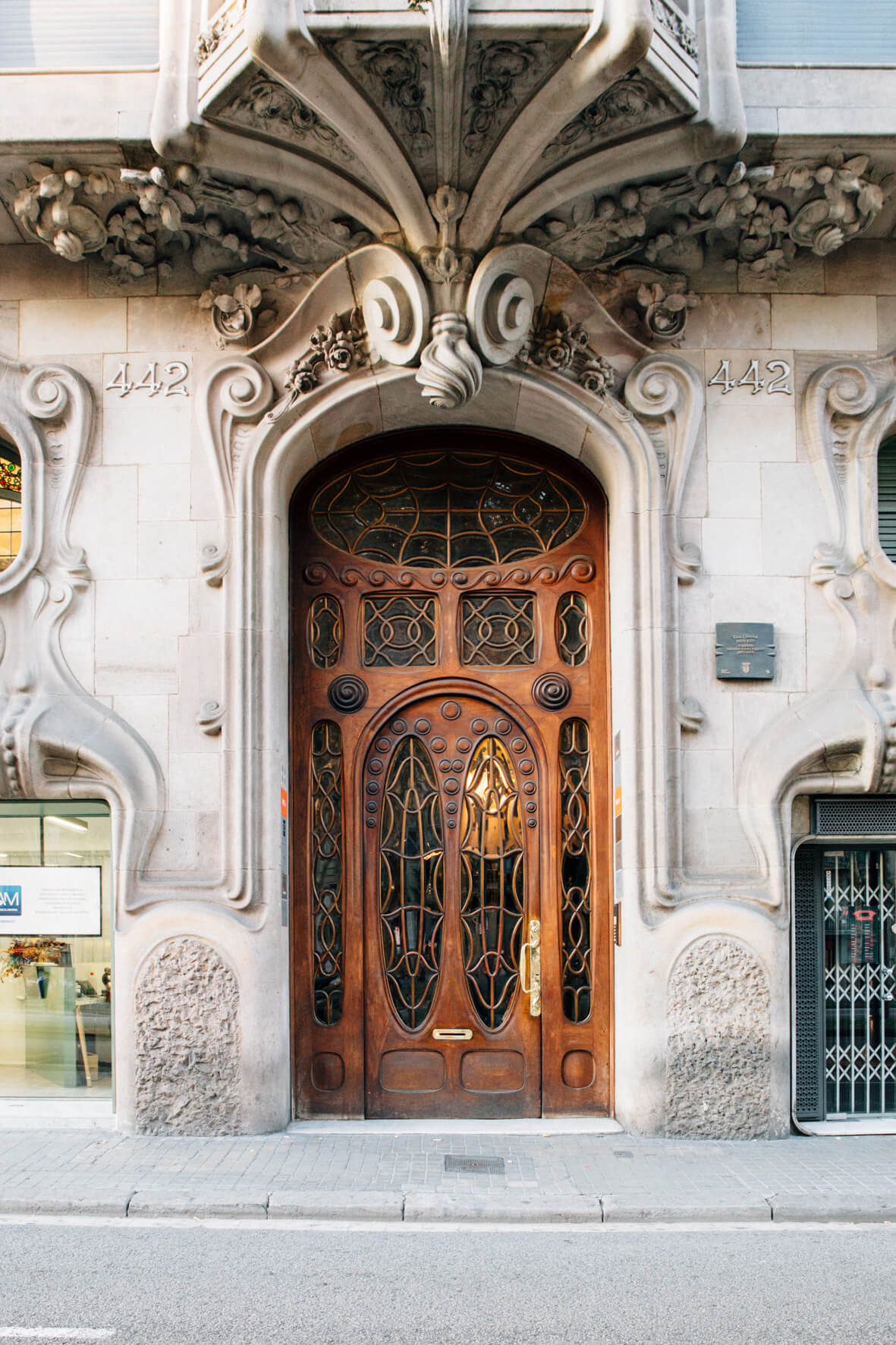

The prospect of the 2024 Summer Olympics is giving impetus to an upgrade of Paris’s infrastructure. The Grand Paris Project, considered to be the biggest urban transport project in Europe at the moment, will bring 77 new stations and 200km of new rail lines.
Riverside arrondisements – in particular the 6th, 7th, 8th and 16th – command the highest prices. New developments, such as Rue de Grenelle and the upcoming conversion of the old Renault Garage in the 15th arrondissement, represent the only luxury projects to come to the market in recent years, resulting in a premium for new homes in the city.
For buyers looking to secure a mortgage on a second home or investment property it pays to seek advice early from a reputable adviser, such as Knight Frank Finance. Rate rises mean it’s more expensive to take out a mortgage than it was, and post-Brexit there’s a smaller pool of lenders for British buyers.
Demand is being driven by US, UK, Middle Eastern and French expats seeking a base in Europe. For US buyers and those who are dollar-denominated, the relative parity between the euro and the dollar offers an effective discount.
The most visited city in the world, Paris will always have cachet. The life it offers makes it popular with tourists and remote workers alike, all seeking to enjoy la vie en rose.
Madrid’s leafy streets and parks rival Paris’s reputation as Europe’s ‘green city’, and are luring residents back to live in the centre
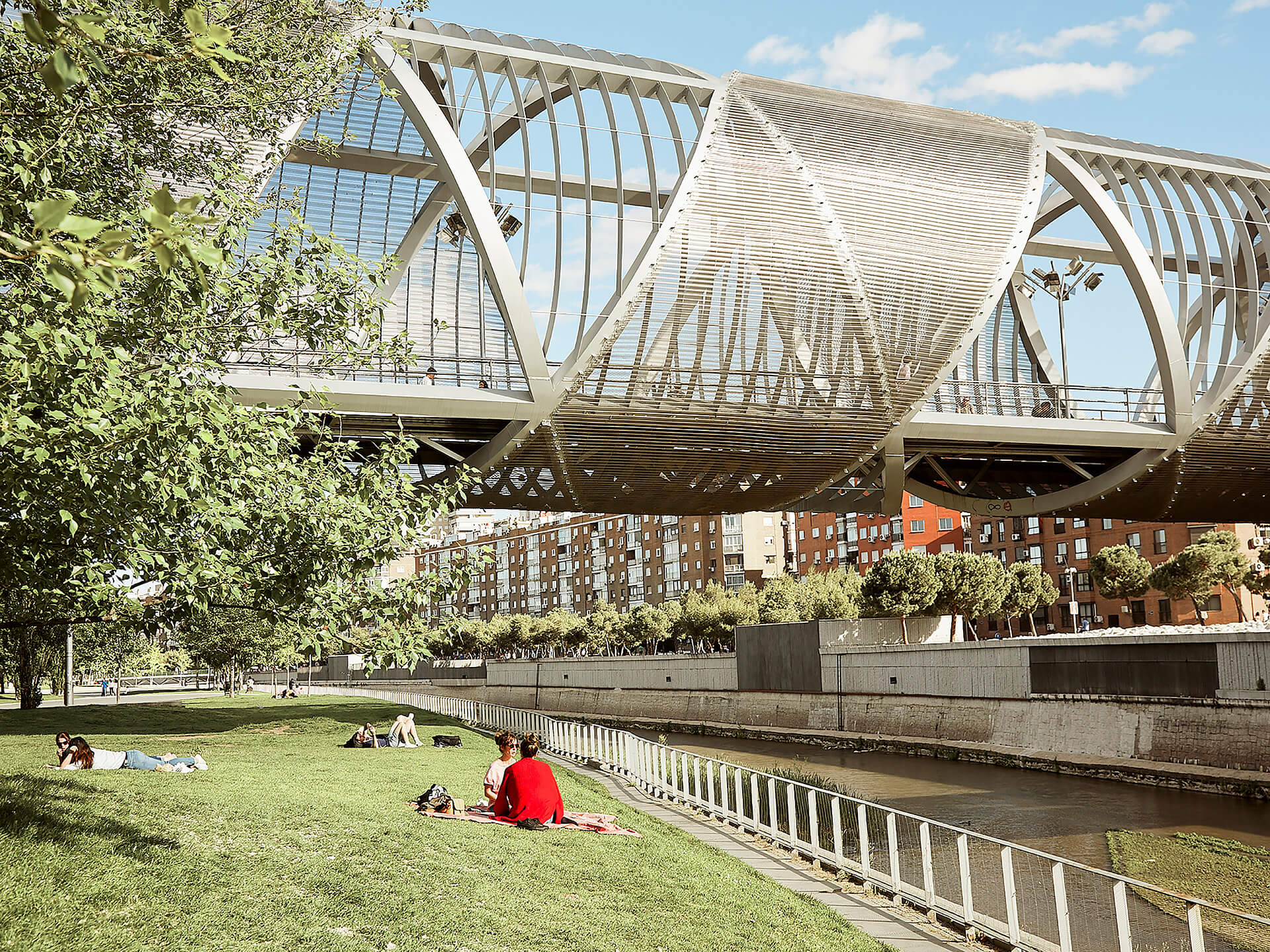
The heart of the city is seeing a step change, from being a largely tourist and retail area to a desirable place to live. Proximity to parks like El Retiro, a number of new developments and value for money – €8,000 to €9,000 a square metre – are luring residents closer into the city centre.
Castellana has an arty feel, with Fundación Juan March hosting exhibitions and classical concerts, and streets filled with public art and sculpture. Arganzuela, just beyond the city centre and the area around the old Atletico Madrid stadium, is undergoing a total regeneration, with an emphasis on creating spaces for startups and flexible working. Meanwhile the traditional prime neighbourhoods of Salamanca, Chamberi and Los Jerónimos, which takes in the Prado and El Retiro park, continue to see strong demand.
The Spanish government has plans to impose a nationwide rent cap. However, such moves are not exclusive to Madrid, or even Spain. Curbs are common in lots of markets, as prices increase and governments manage affordability for domestic populations.
Coronavirus and political tensions in South America have made the city an attractive ‘safe haven’ investment, particularly for Venezuelans and Mexicans looking to purchase an investment property.
The number of renters across Spain is growing at one of the highest rates in Europe – close to a fifth of all homes in Madrid are rented. Job mobility is driving this market as the city draws a young population looking for the flexibility renting offers.

